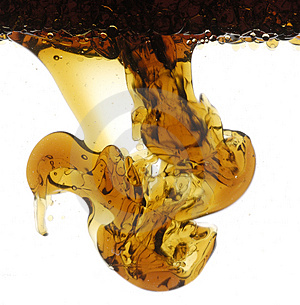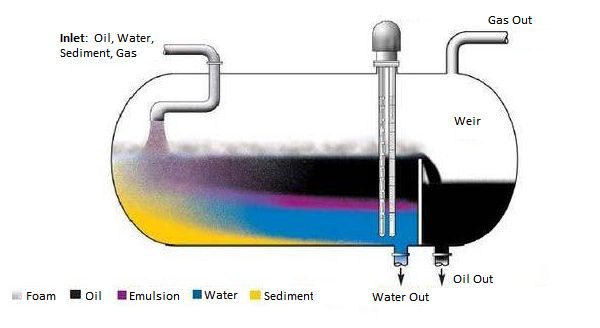RL Blogs

By Steve Pagani
Nov 25, 2019Desalters provides a very critical service for your refinery, and requires careful monitoring and regular optimization. |
||
|
Hopefully you can guess the primary objective… to remove salts from the raw crude. Many sites process crudes with a high amount of solids as well. The desalter is counted on to separate these solids out as well.
In addition, quality of desalter brine is also a concern. High amounts of solids and oil can create problems for downstream tanks and water processing plants.
When evaluating methods to improve desalter operations, it’s always important to remember these objectives. The goal is to have minimal water, salts, and solids in the desalted crude and create brine with high solids content but low oil content.
When trying to achieve these objectives you have a few friends to help you along the way. The first is residence time. The higher the residence time in a desalter, typically the better your oil/water separation. Unfortunately, this is a variable you can only control with the size of your vessel, the operating level in your vessel, or the feed rate.
Though you’re unlikely to increase the size of your desalter or cut unit feed, increasing desalter level could be a possibility. If desalted crude quality isn’t affected, a small increase in operating level could be beneficial as it may significantly improve the quality of your brine.
One other variable that often doesn’t get optimized often enough is the pressure drop across the desalter mix valve. The higher the pressure drop the better the mixing and thus improved removal of salts; yet many times too high of a pressure drop can result in formation of emulsion layers that are tough to break. The optimal pressure drop is highly dependent on the types of crudes you run so it’s important to periodically perform test runs to ensure you’re operating in the right spot.
The next ally is the type of polymer injection that you utilize. As mentioned in our refinery contractor partnership blog, it’s critical to enlist the expertise of chemical vendors to find the right solution for your system. The type of polymer can make an enormous difference and needs to be routinely validated for the types of crudes that are run. Polymers can assist in solids separation and emulsion breaking.
Not only is the type of injection important but also the location of the injection. Many times the longer a chemical has to interact with the crude the better. Some may even consider an injection for solids separation at the Crude Tank with another injection for breaking emulsions at the desalter.
Challenge different chemical vendors to come up with the right solution for your refinery. Perform trial runs on a frequent basis to make sure you’re getting the most effective chemical and also that you’re receiving a competitive price.
Finally, the quality of the water that’s used for desalting is also important. Many sites utilize stripped sour water as a source for the desalter and contaminants in this waste stream may end up affecting performance. It’s important to monitor the quality of your water carefully so that it doesn’t have unintended consequences.
Remember that the desalter provides a very critical service for your refinery. Like any other section, it requires careful monitoring and regular optimization. Efforts to improve desalter performance will almost certainly pay off. | ||
|
|










